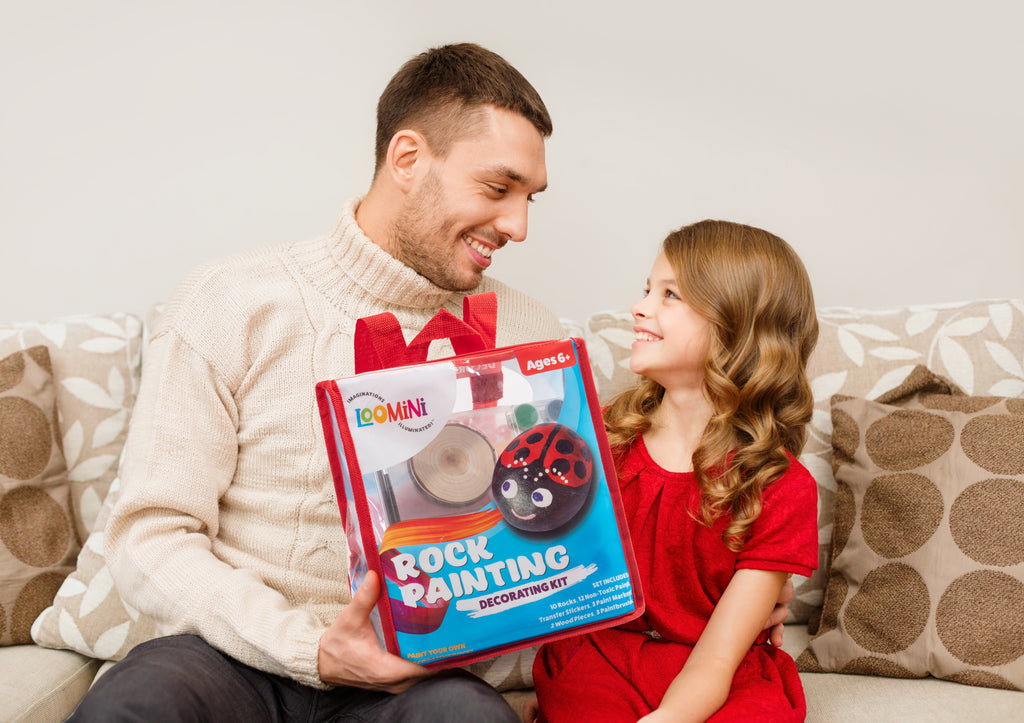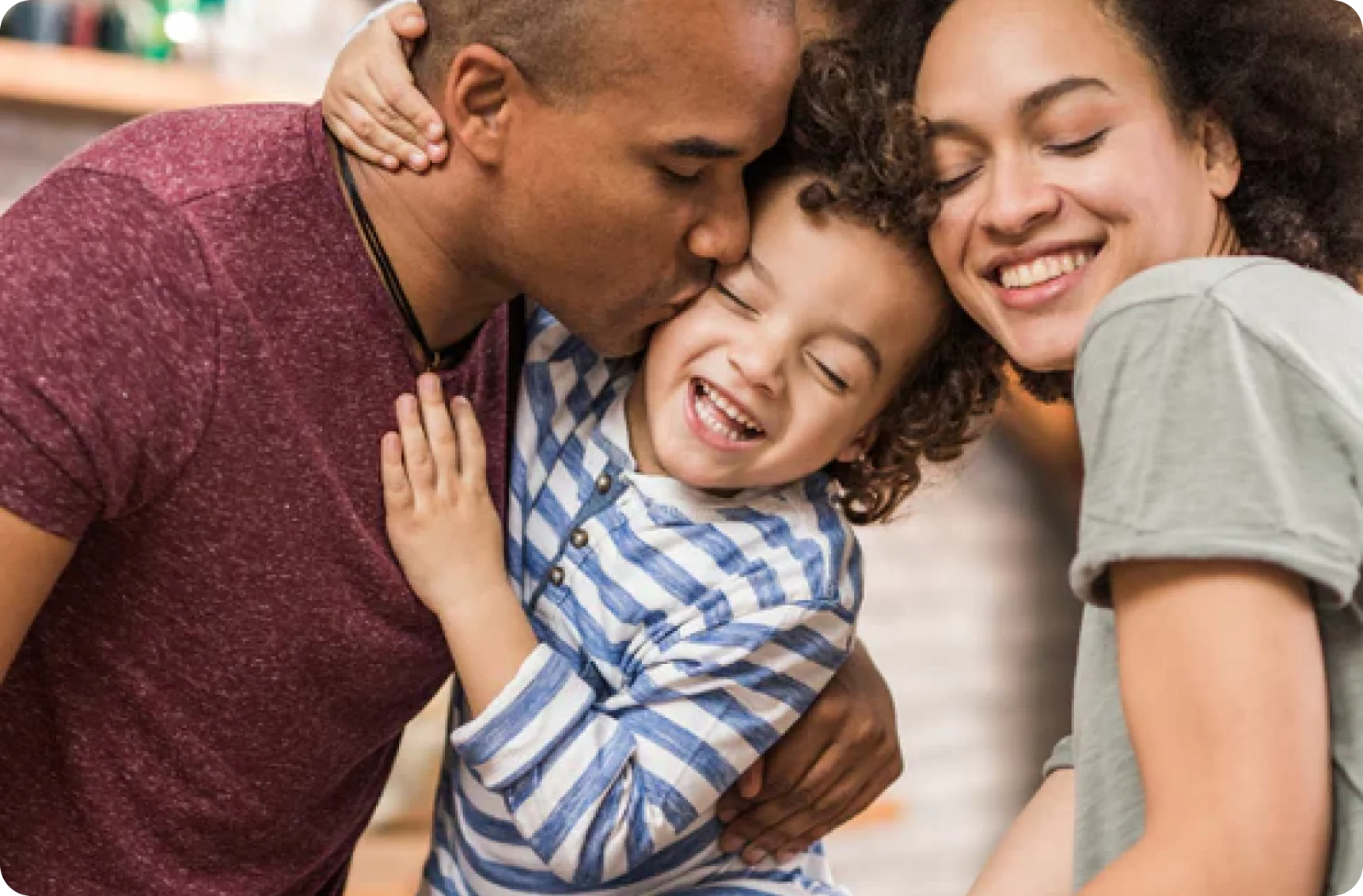Little kids are masters of the moment—they love the feeling of smearing paint on paper, how it looks when they sprinkle glitter, and even the soft sound a brush makes as it crosses the page.
Importance of Creativity

Why should you involve your kids in creative activities? Why Art?
Fostering creativity won't just increase your child's chances of becoming the next Picasso.
You're also helping them developmentally, socially, and emotionally.
Creating art may boost young children's ability to analyze and problem-solve in a myriad of ways.
Here are 5 incredible benefits of letting your child embrace their inner artist.
Builds Skills & Improves Academic Outcomes
Making art can drastically improve your child’s fine motor skills and enhance their creative problem-solving abilities. Activities like cutting and gluing paper, finger painting, and drawing can help children develop better coordination and dexterity while threading beads and sculpting clay can improve visual-spatial skills. Over time, studies have shown that building these skills translates into better academic outcomes for kids in other subjects including writing, literacy, mathematics, and science. In fact, a report from Americans for the Arts concluded that children who regularly engage in artistic activities are four times more likely to be recognized for academic achievement!
Art can help give children a voice before they even learn to speak.
A Voice Beyond Words
Children often use art to help them process their experiences and cope with overwhelming emotions. Art provides kids with critical sensory input and can help children express their feelings in a multidimensional way even if they lack the vocabulary to describe their feelings with words. Even if they aren’t the ones creating the art, just being surrounded by art can provide children with enough sensory input to kickstart their imagination and engage their curiosity.
Encourages Innovation
Art encourages creativity and imaginative thinking, two skills that are increasingly linked with long-term professional success. Art forces children to engage in out-of-the-box thinking and can help them hone their creative problem-solving skills. According to the International Child Art Foundation, “Research indicates that a child who is exposed to the arts acquires a special ability to think creatively, be original, discover, innovate, and create intellectual property—key attributes for individual success and social prosperity in the twenty-first century.”
Art can help kids build confidence and self-esteem
Boosts Confidence & Self-Esteem
Deciding what kind of art to make and what materials they will use are some of the first opportunities for young children to exercise autonomy and make decisions for themselves. By making independent choices to express what they are thinking and feeling, children build self-confidence and learn to feel more comfortable expressing themselves.
Facilitates Bonding
Art can help facilitate communication and bonding between children even if they don’t know each other or don’t share many common interests. Creating art in small group settings encourages cooperative behavior in children, giving them opportunities to practice crucial social skills like sharing, taking turns, and working together.
Art is not only a fun activity for children, but it can also be an important development tool! Encourage your little ones to engage with their artistic side by signing them up for art classes or doing creative projects with them at home.
Rock Painting for Kids

History
People have been painting rocks since primitive times. Look at examples of cave paintings, aboriginal art, as well as Indian and African rock paintings. Pin a large piece of blank wallpaper to a wall and make your own cave paintings.
You could also extend your studies to look at famous rocks such as The Rosetta Stone, the Plymouth Rock, and the Black Stone of Kaaba.
As an art activity of its own, rock painting is an inspiring and creative thing to do.
You need to start by choosing your rock or pebble. Smooth rocks are easier to paint a design on. Or be creative and choose an unusual shape to transform into something new.
Poster paints work fine for younger kids - or use acrylic paints for better results. A good way to start is to paint a base layer in a light color over your stone. This will help your painting to show better against the lighter background.
If you are not very good at painting then check out some drawing tutorials before you start. Stencils can help to get a bold shape onto your pebble. Even simple stripes or polka dot designs can look beautiful.
Here are some ideas of things you can do with your rock paintings!
- Paint your rock to tie in with your current project ie. ladybugs
- Set out ammonites for your kids to copy onto their stones
- Paint several small images and use as story prompts
- Camping stones. Bring back a pebble from each camping trip and write or paint a memory about that trip. Display in a glass jar
- Paint the alphabet onto stones for younger children and see what words they can spell with them
- Paint gratitude stones for Thanksgiving
- Paint with glow-in-the-dark paint and hide around the yard for an evening scavenger hunt
Cultivating Creativity for Kids

Although it’s certainly true that children are naturally curious and inquisitive, they need support to develop their creative capacities and reach their full creative potential. Supporting children’s development is always a balancing act: how much structure, how much freedom; when to step in, when to step back; when to show, when to tell, when to ask, when to listen.
IMAGINE
Encourage messing around
Most people assume that imagination takes place in the head, but the hands are just as important. To help children generate ideas for projects, we often encourage them to start messing around with materials.
CREATE
Provide a wide variety of materials
Children are deeply influenced by the toys, tools, and materials in the world around them. To engage children in creative activities, make sure they have access to a broad diversity of materials for drawing, building, and crafting.
PLAY
Embrace all types of creation
Different children are interested in different types of creation. Some enjoy making houses and castles with LEGO bricks. Some enjoy making games and animations with Scratch. Others enjoy making jewelry or soapbox race cars or desserts—or miniature golf courses.
SHARE
Emphasize process, not product
Many of the best learning experiences happen when kids are actively engaged in making things, but that doesn’t mean we should put all our attention on the things that are made. Even more important is the process through which things are made.
As children work on projects, highlight the process, not just the final product. Ask children about their strategies and their sources of inspiration.
REFLECT
Play the role of matchmaker
Many children want to share ideas and collaborate on projects, but they’re not sure how. You can play the role of matchmaker, helping children find others to work with. In the Scratch online community, we have organized month-long Collab Camps to help Scratchers find others to work with — and also to learn strategies for collaborating effectively.
Wrapping it Up

Provide opportunities for your children to be creative.
Want your child to get the most out of making art? Start involving them in art through Rock Painting Activities



